Discover the versatile, hard-wearing wall lining that Kiwi builders love
Written by
17 September 2024
•
4 min read
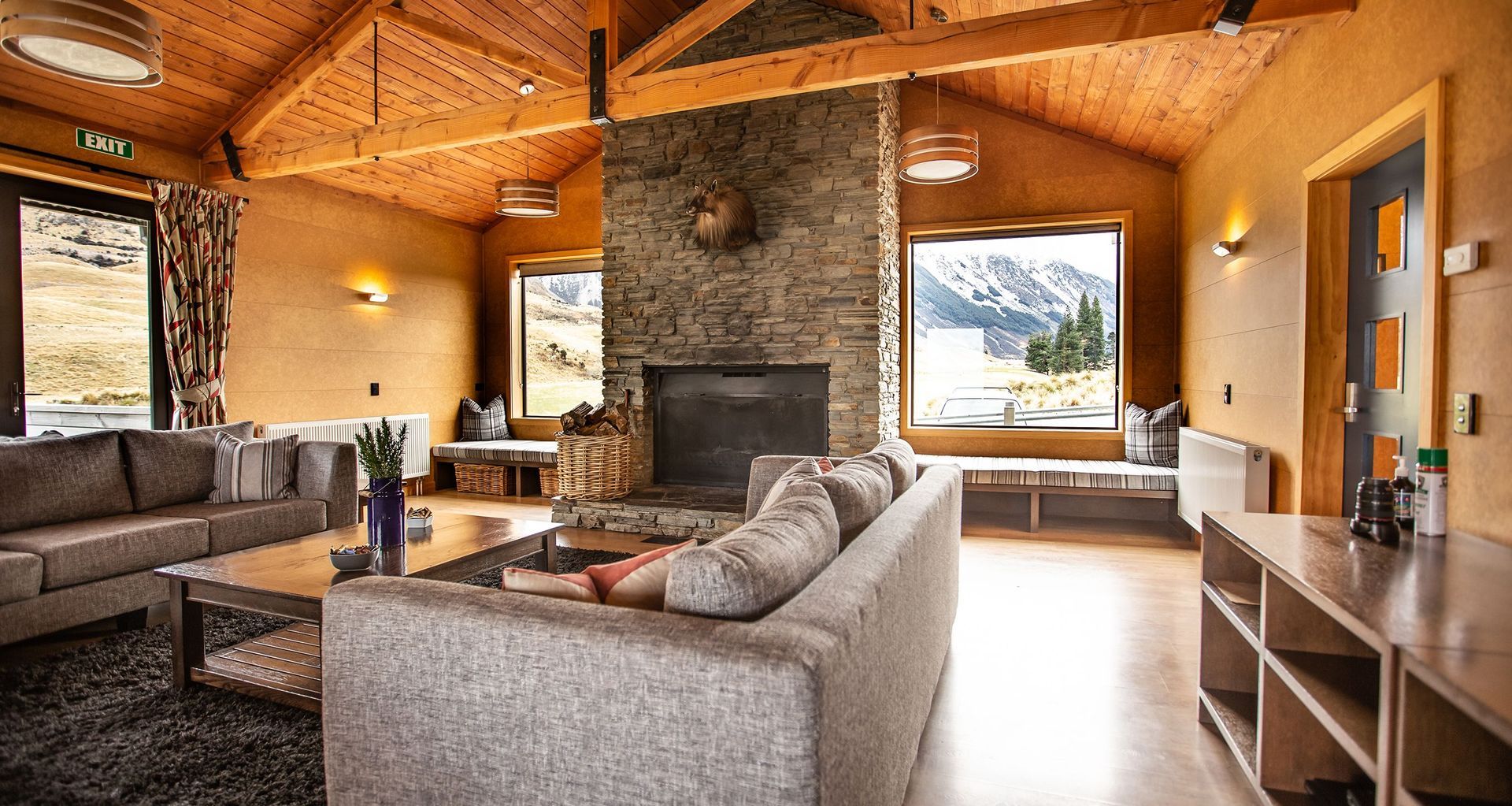
Unless you spend the majority of your time on building sites, you may be unfamiliar with Triboard — an engineered wood product designed for various construction applications by Juken New Zealand Limited. Characterised by its strength, durability, and versatility, Triboard and Triboard TGV are two of Juken’s key timber offerings. And, though Triboard has been around for over 30 years, it continues to make waves in the New Zealand building industry.
“Essentially, Triboard is a high-performance composite panel made from wood fibres, adhesives, and a wood strand,” says Louie Liu of Juken. “Its innovative combination of a smooth outer surface and inner strength makes it the ideal choice for a wide range of internal building applications.”
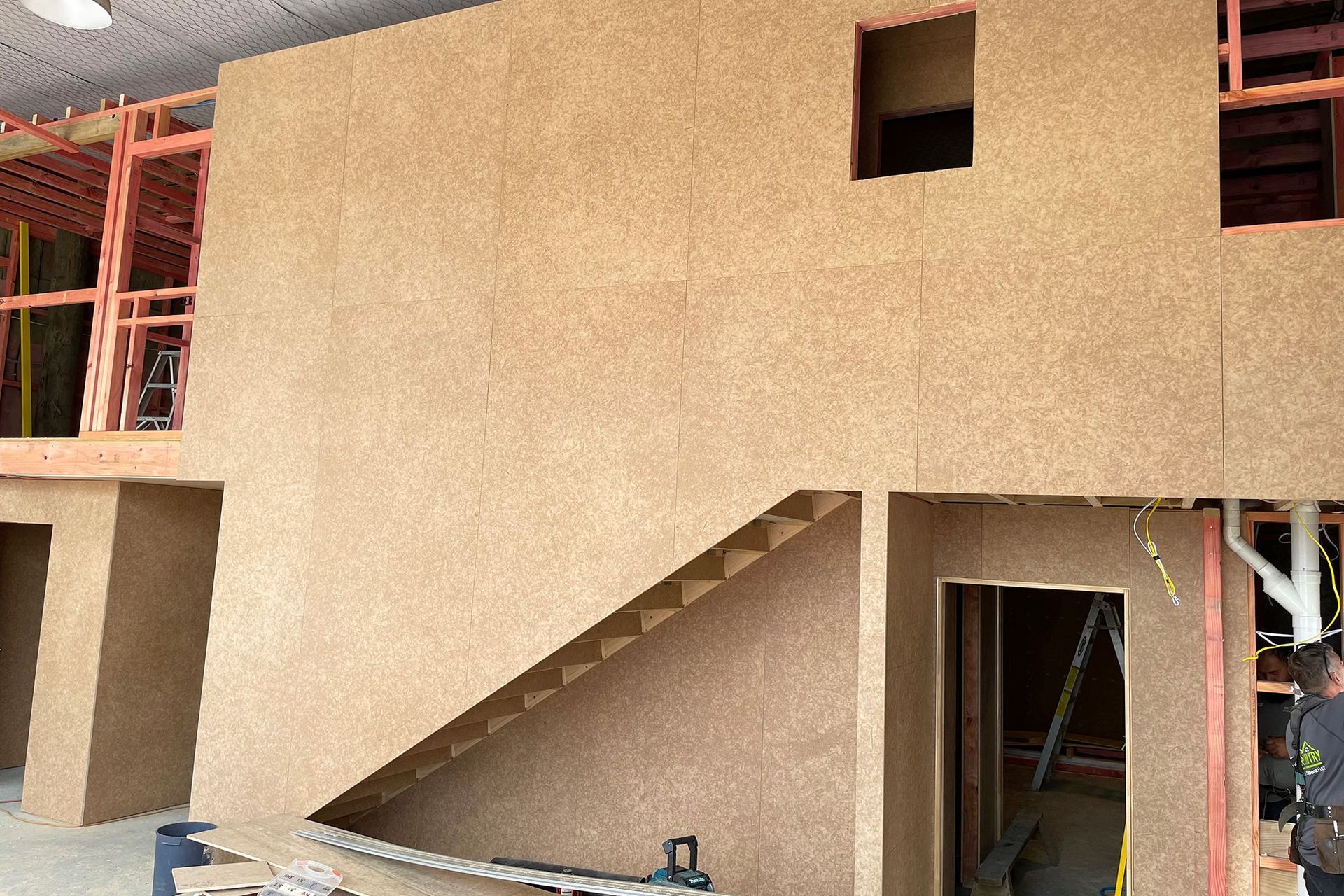
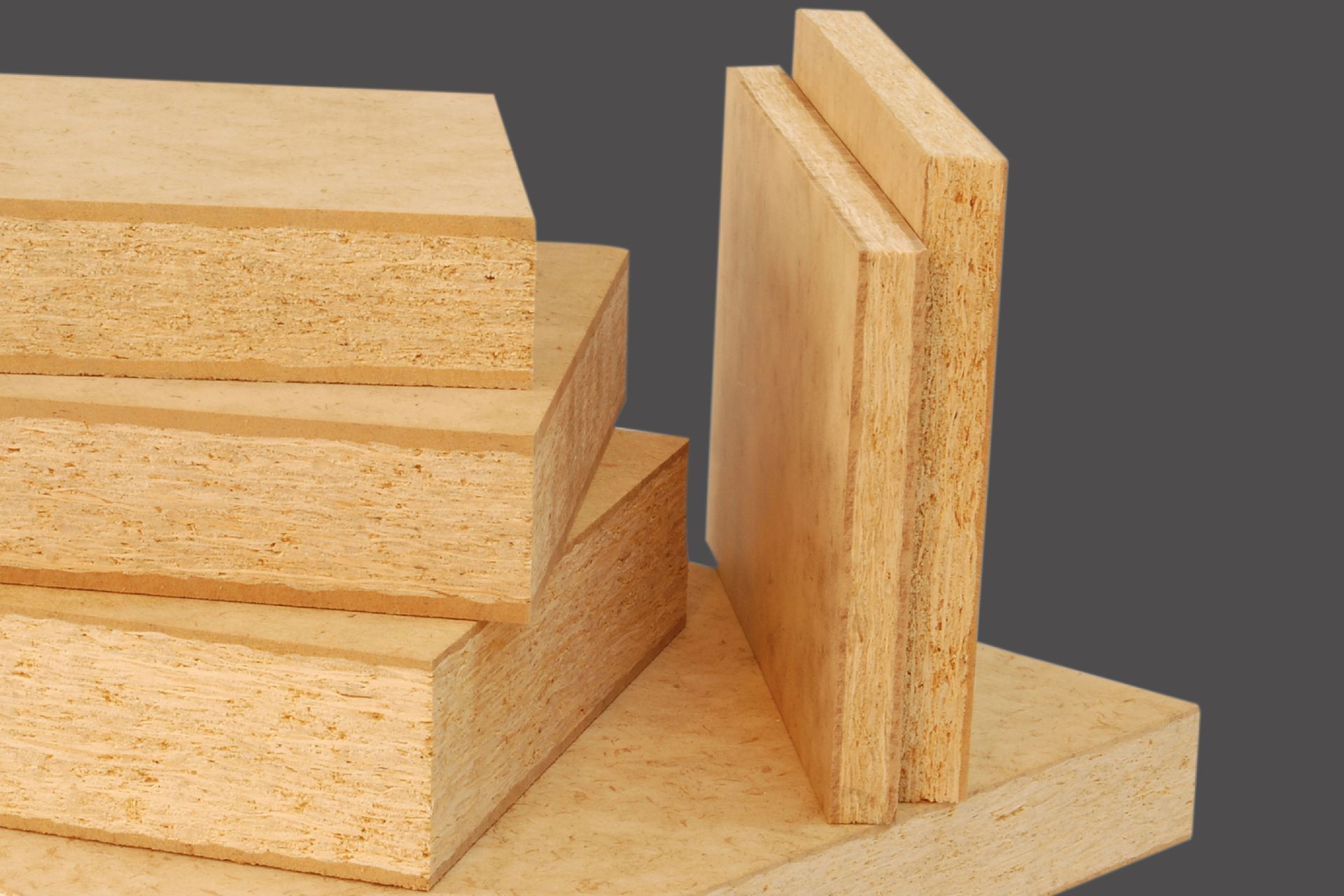
What sets Triboard apart?
Unlike similar wall linings available on the market, Triboard is a triple-layered panel that consists of a wood strand core sandwiched between an MDF outer ‘skin’ — these three layers and super-strong core being the key to its structural edge.
“The result is a clean-lined panel that has high resilience, impact resistance, and greater stiffness than other similar products. The dimensionally stable core provides superb load bearing and screw holding, and the MDF surface gives you a smooth finish for painting or overlaying,” Liu explains.
Suitable for a wide range of applications, Triboard’s versatility is another significant benefit. Building-wise, Liu says it’s a great option for stationary wall panels, interior cladding, and partition or decorative wall panels in both residential and commercial buildings.
“The smooth MDF surface offers a grade 5+ paint finish capability, providing a superior result compared to that of conventional wall linings. It’s also suitable for wallpaper, so you’re free to decorate it in whichever way you choose. Plus, with the assurance of excellent screw holding ability over other commonly used wall linings, screws will not loosen over time, giving a lasting permanence to your decorative finish.”
Triboard can also be used in furniture and joinery design, with kitchen cabinets, shelving units, built-in furniture, and desks, just a few of Liu’s suggestions. And, if you’re looking to create decorative elements or architectural features such as archways, alcoves, or heritage-inspired ceiling decor, Triboard is ideal.
“We offer a variety of sheet sizes, thicknesses and densities, and if you can’t find the size you’re looking for, it can also be custom-produced to suit your needs,” Liu says.
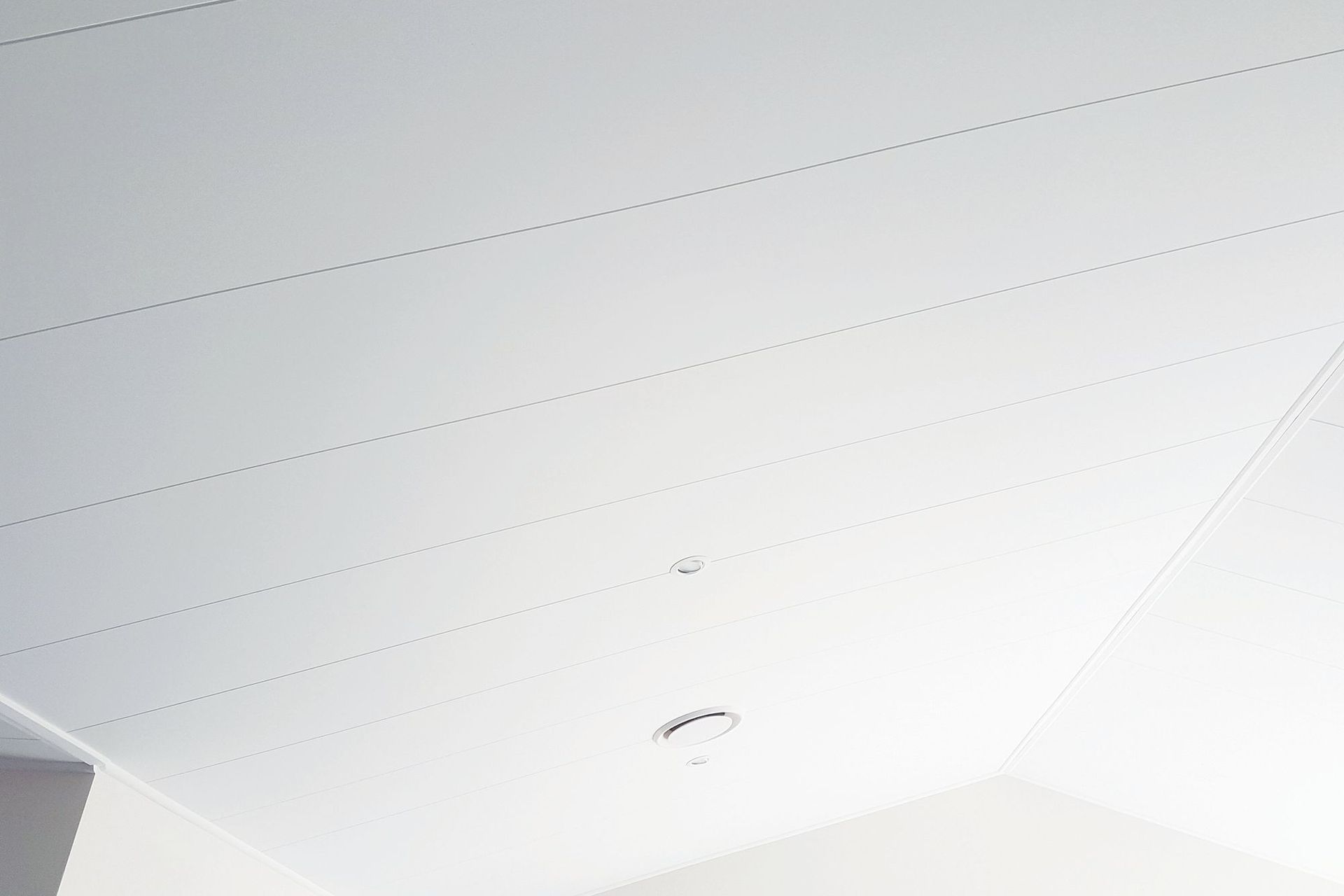
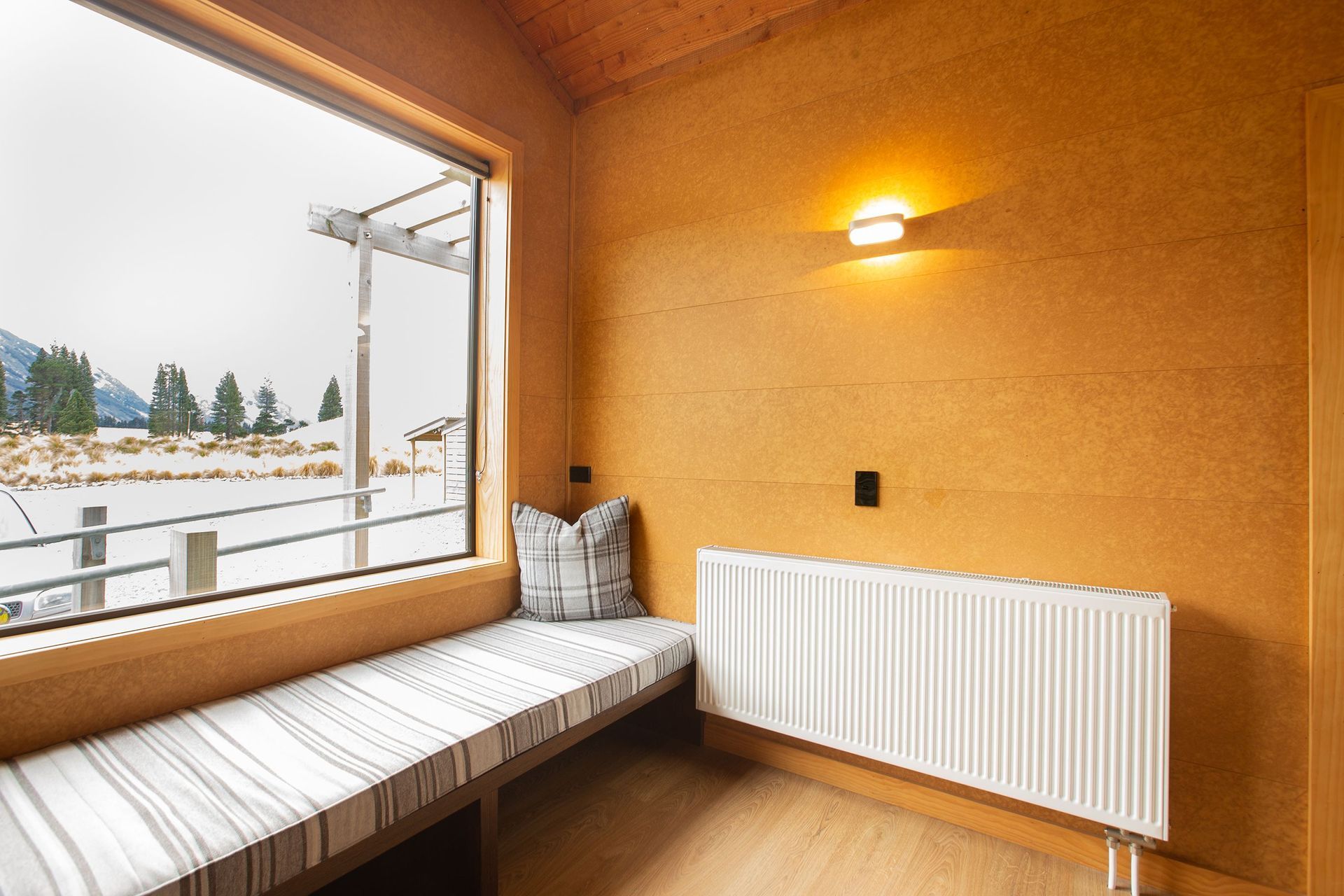
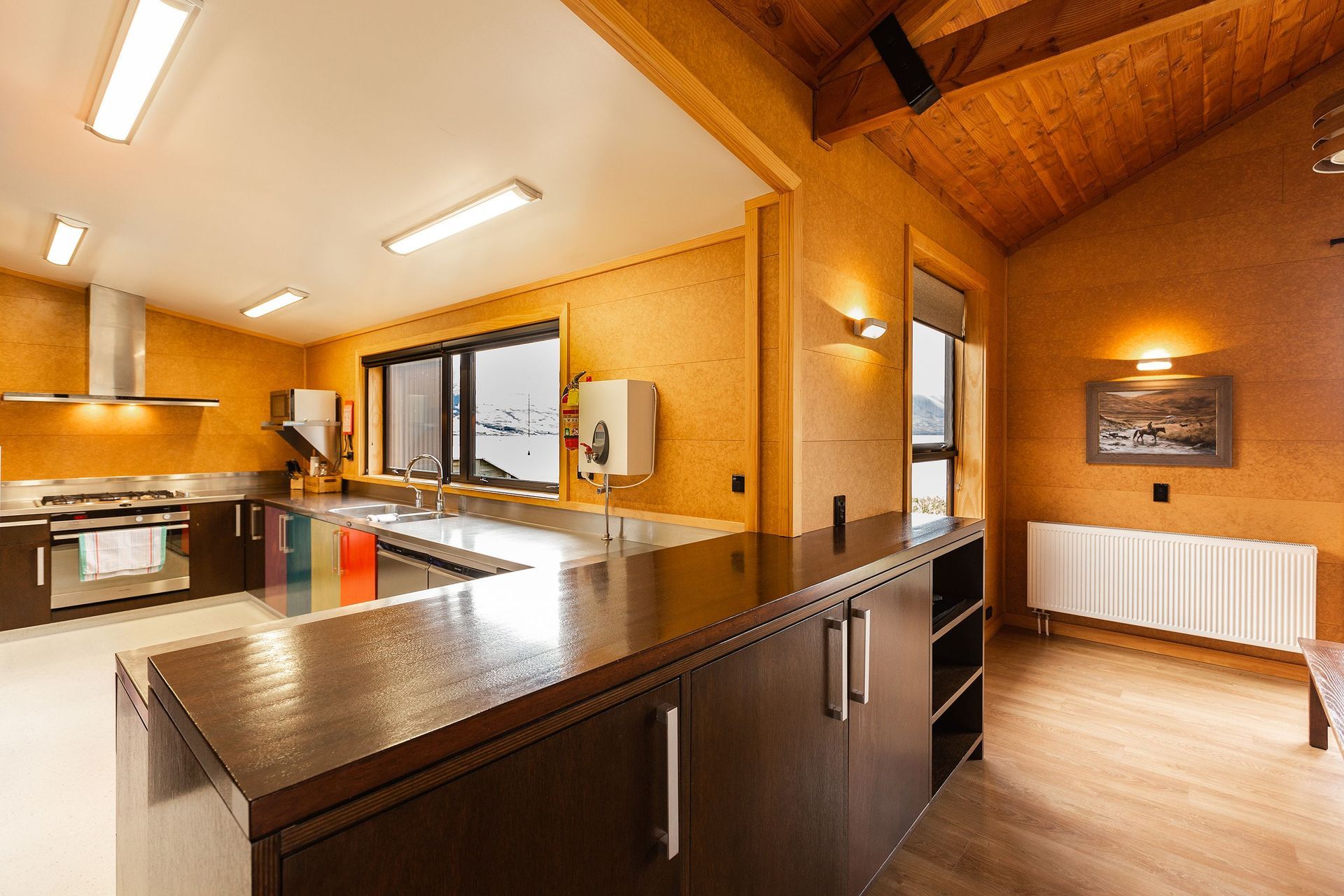
Building with Triboard
Since it arrived on the market over 30 years ago, Triboard has been the go-to for many specifiers across the country. And now, with the rising popularity of prefabricated and sustainable homes, Triboard continues to make waves.
“You could compare Triboard to working with plywood, as it’s a solid tuff panel that can be cut, screwed and glued with ease,” Liu explains.
Its numerous benefits and success on site is why Triboard was selected for a series of projects, helmed by PanelLock, that are dedicated to providing solutions to New Zealand’s housing crisis.
“PanelLock's innovative use of Triboard housing panels is revolutionising housing crisis solutions in New Zealand, particularly for Iwi communities,” Liu says. “The panels are constructed from Triboard 36 mm housing board, which offers a resilient, cost-effective alternative for rapid house building. This method significantly reduces construction time and maintenance costs, aligning with the project’s sustainability goals through the use of local materials (Triboard is made from trees grown in the local Aupōuri forest and processed at the JNL site in Kaitaia). Partnering with Te Rūnanga Nui O Te Aupōuri, PanelLock is demonstrating a commitment to culturally appropriate, quality homes.”
In remote areas like the Northland sites where PanelLock is working, the efficiency of a build is crucial as infrastructure and labour resources are often limited. Constructing homes with short lead times reduces the wait for those in need, and allows for a greater number of houses to be built.
Like PanelLock, other Kiwi building teams find themselves reaching for Triboard again and again.
“Triboard TGV is an outstanding choice for wall linings, particularly in pole sheds where we make the most of its robustness,” says Daniel Davies of Davies Homes. “Thanks to its tongue and groove application, it requires significantly fewer fixings, making installation efficient and reliable. We consistently choose Triboard TGV for its durability and ease of use, as showcased in our show home in Cambridge.”
Learn more about Triboard and Juken New Zealand Limited.